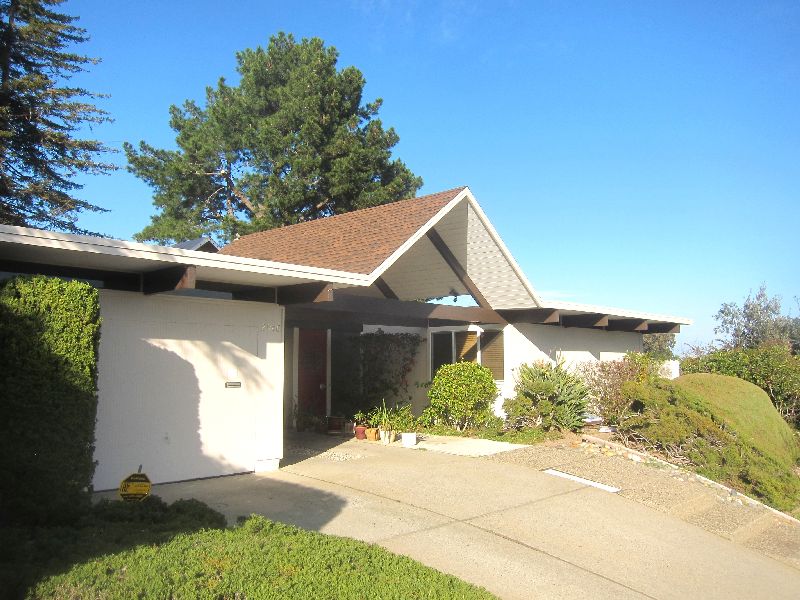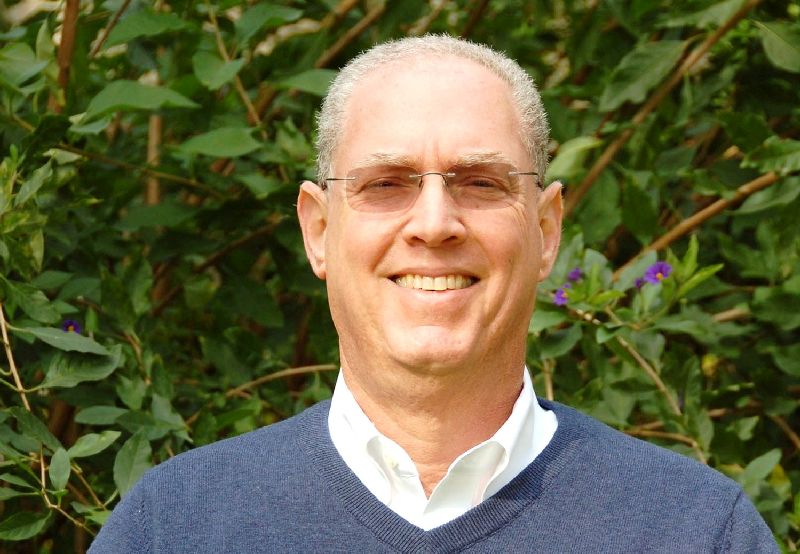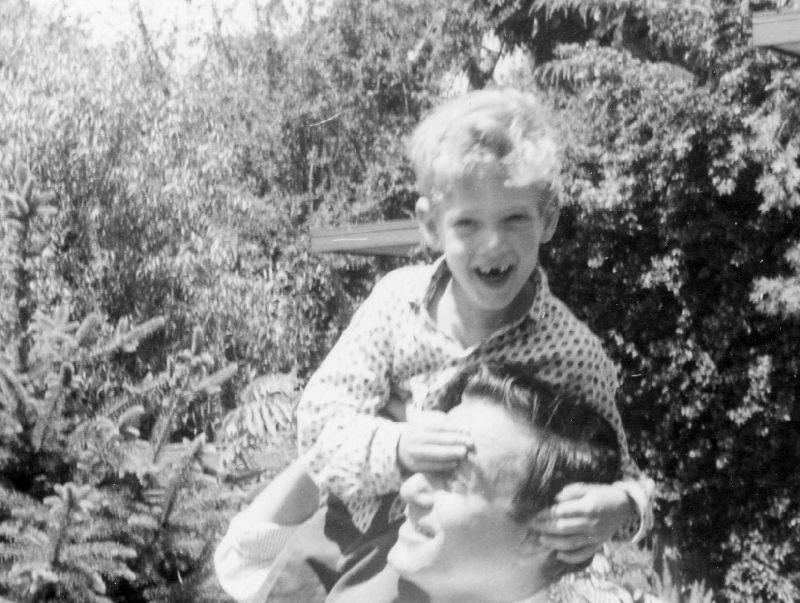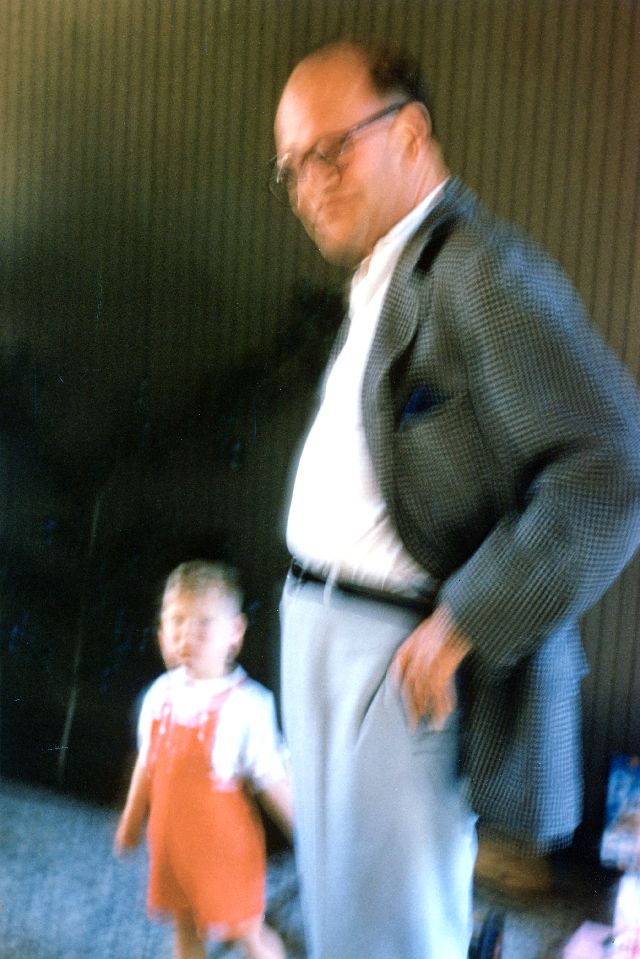
Steven Eichler Carries on the Family Legacy
 |
|
|
A descendant of Joe Eichler is stepping forward to help preserve Eichler homes from the depredations of development. “For me it’s more legacy preservation than historic preservation,” says Steven Eichler. “These are the homes my grandfather built.”
Steven Eichler, who lives in a non-Eichler home in Menlo Park and has a degree in architecture, has had a varied career. He’s worked in the mortgage business firm that was founded by his father, the late Ned Eichler. He’s done remodeling, kitchens and baths, and design work.
Last year, as several Eichler homes were torn down, or faced teardown threats in Palo Alto, Steve Eichler stepped forward, in part because a good friend who lived in an Eichler neighborhood was fighting plans to destroy an Eichler there.
Now Steven hopes to stave off future teardowns by helping educate the public about the value of these homes.
 |
|
|
Looking to be educated? Or do you know someone who is? Or who should be? Send them to the new Rejuvenation store at 323 University Avenue in downtown Palo Alto where Steven has installed an exhibition about Eichler homes, their history, their beauty – and why they need tender loving care.
The exhibit marks both the new store’s arrival, and the increasing movement of this mid-size chain store into the world of mid-century modern reproduction products. The exhibit opens February 6 and runs through the end of March.
The exhibit includes photos and panels, some written by Eichler, others by South Bay preservationist Heather David, and by others as well. The exhibit was designed to travel, Eichler says. He hopes it will be presented at other venues in the future.
“For the past couple of years I have been hearing from homeowners how Eichler homes are effectively being disregarded, treated as mere structure on the land to be torn down because the land itself was more valuable,” Eichler says. “And the new homes that were replacing the Eichler homes were so out of context with the neighborhood and the scale of the homes.”
 |
|
|
“What can we do? How can we address this?”
“From my perspective it’s about education,” he says. “Is it possible people can be educated to understand and appreciate what these homes mean to the greater good and to the greater lay of the land?”
“I’m trying to see if there is a way to appreciate these buildings as some form of art, some form of history. The exhibit is trying to strike up a conversation.”
“Does history matter? How should we look on this era? How should we give it some respect, and what does this respect look like?”
Steven says he plans to continue his efforts to increase appreciation for Eichler homes and other modern homes of that era. “I’d like to get my feet wet with this exhibit,” he says. “I’ve been talking to homeowners, attending neighborhood meetings, listening to homeowners and their stories.”
“I’m feeling my way through, thinking about how can I be relevant? I don’t want to just be a hood ornament. I don’t want it to be, just because I’m an Eichler I’m there. I want to add some value.”
 |
|
|
Alex Bellos, vice president at Rejuvenation, says the chain, founded in the late 1970s in Portland and first focusing on Victorian-era reproductions for historic homes, and then Craftsman-style products, is now expanding to include mid-century modern.
In opening a Palo Alto store, he says, “There’s no more perfect partner than someone who has a connection with Eichler.” Though the store doesn’t carry any Eichler-specific products, he says, “We have lots of designs that are period authentic for the era that fit the Eichler aesthetic very well.”
Steven, who was 14 in 1974 when his grandfather died, remembers that “He had a booming voice, and was very much into politics, which at my age I didn’t understand. He was definitely the patriarch, at the head of the table.”
“I remember him being a big presence in the room. And I was impressed that he walked the talk. My wife Judi asked me, ‘Did he live in his houses?’ I said, absolutely. That’s one thing I’ve always remembered.”
“My finest memory might be of being in one of his homes he was living in. It was an area that was just being built and we walked through the subdivision. There were framing pieces, strands of electrical wire on the ground. It was absolutely fascinating to me.”
Over the years, Steven Eichler has met some architects who had worked for his grandfather, A. Quincy Jones, Claude Oakland, and with Kinji Imada, and he got to know Elaine Sewell Jones, Quincy Jones’ widow.
“These were really interesting people. I wish I knew them even better,” he says.
He also wishes he had gotten to know his grandfather in a deeper way. “I didn’t know him well enough, in many ways.”
About Joe Eichler’s architectural legacy, Steven says, “I am proud of it. I’m very proud of it. It’s cool and neat that he was my grandfather.”
- ‹ previous
- 537 of 677
- next ›



